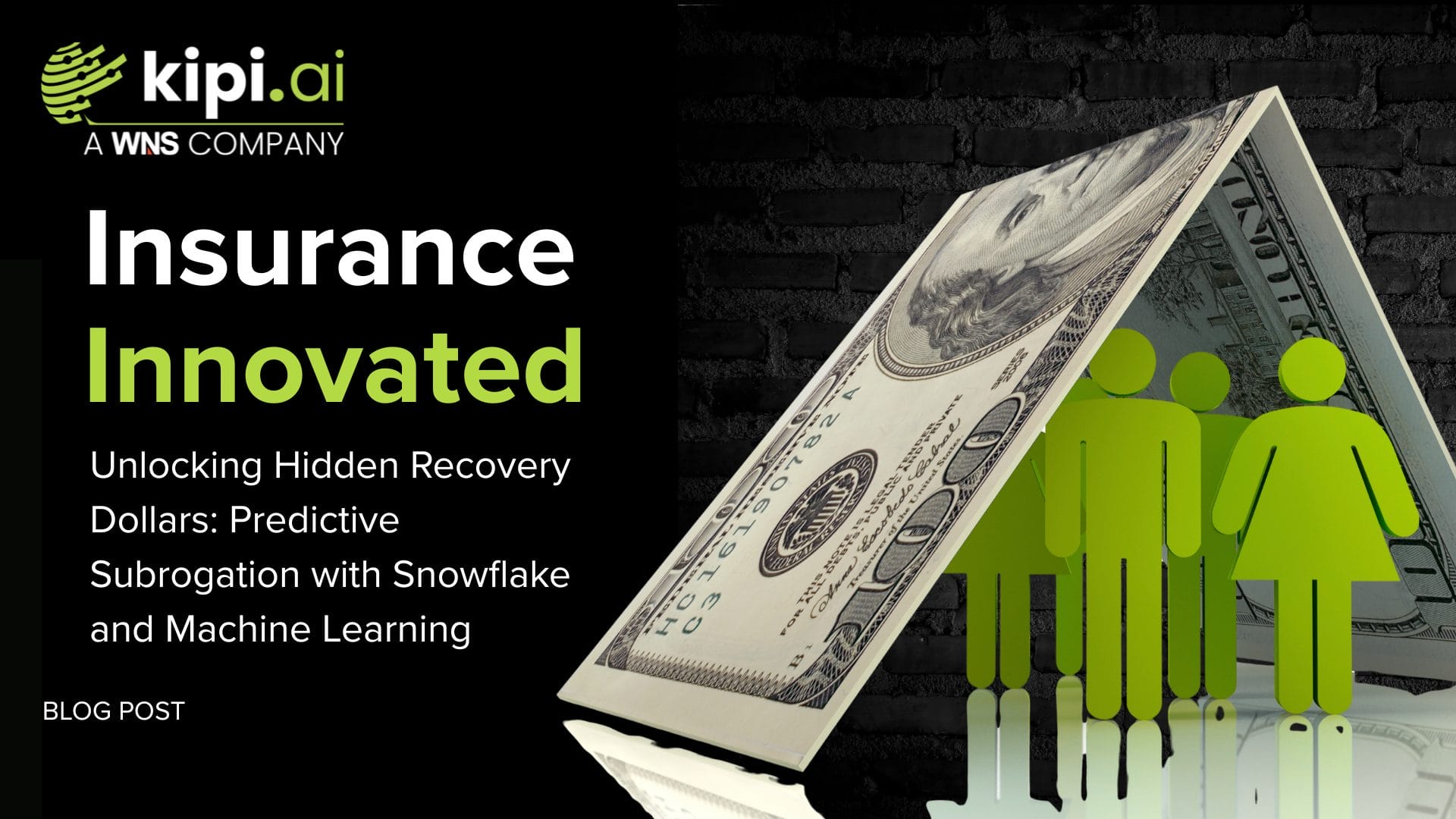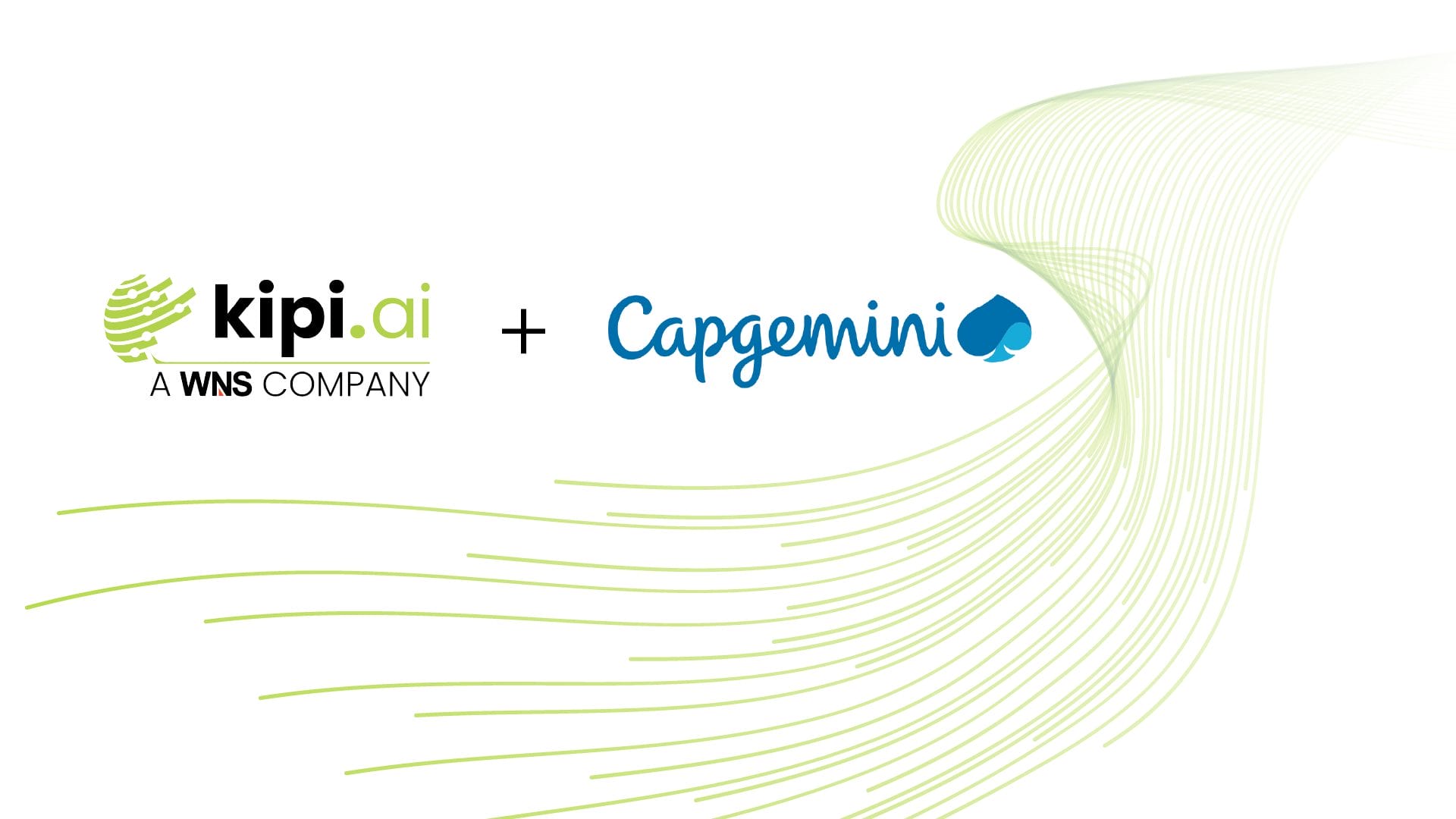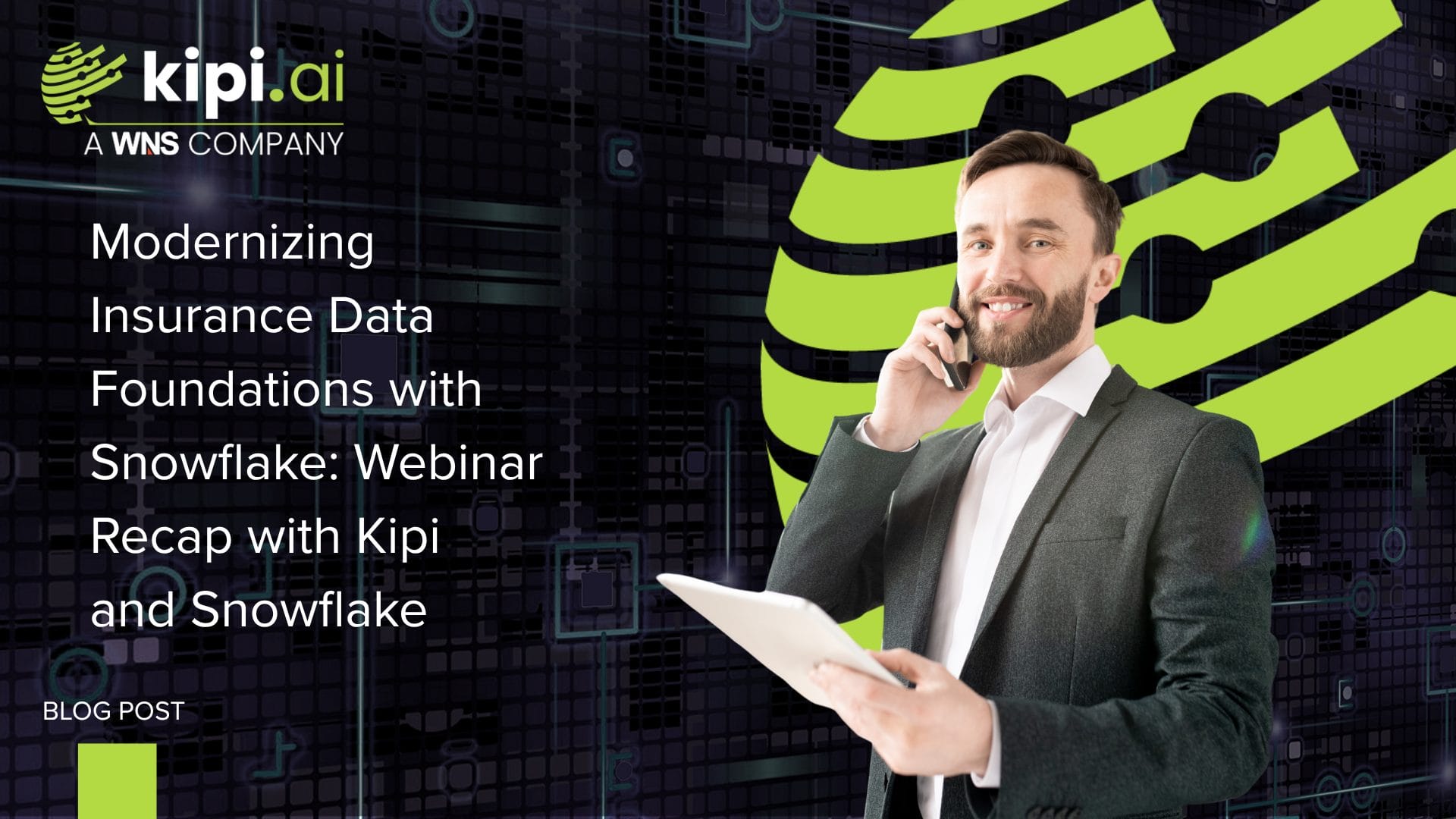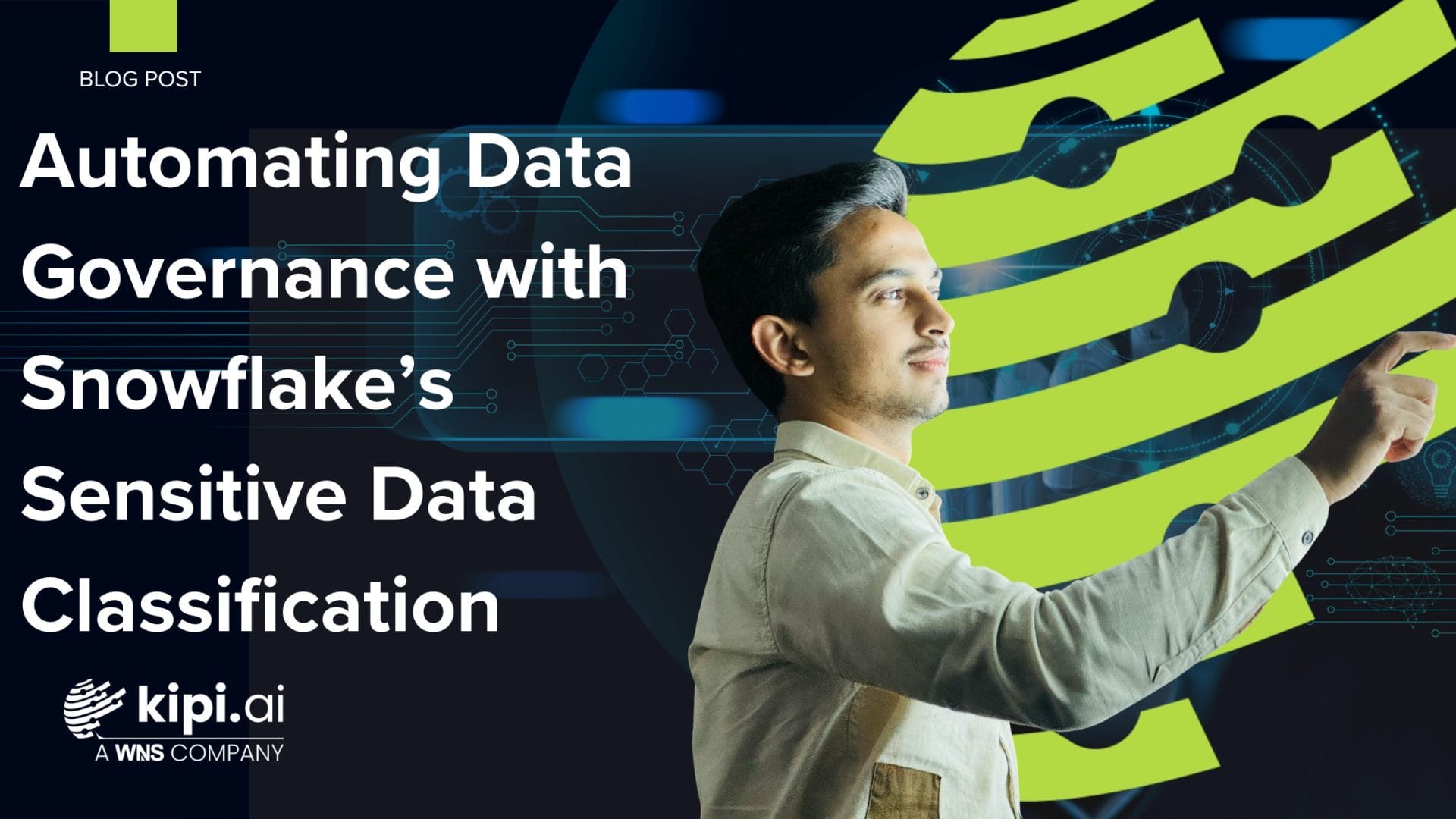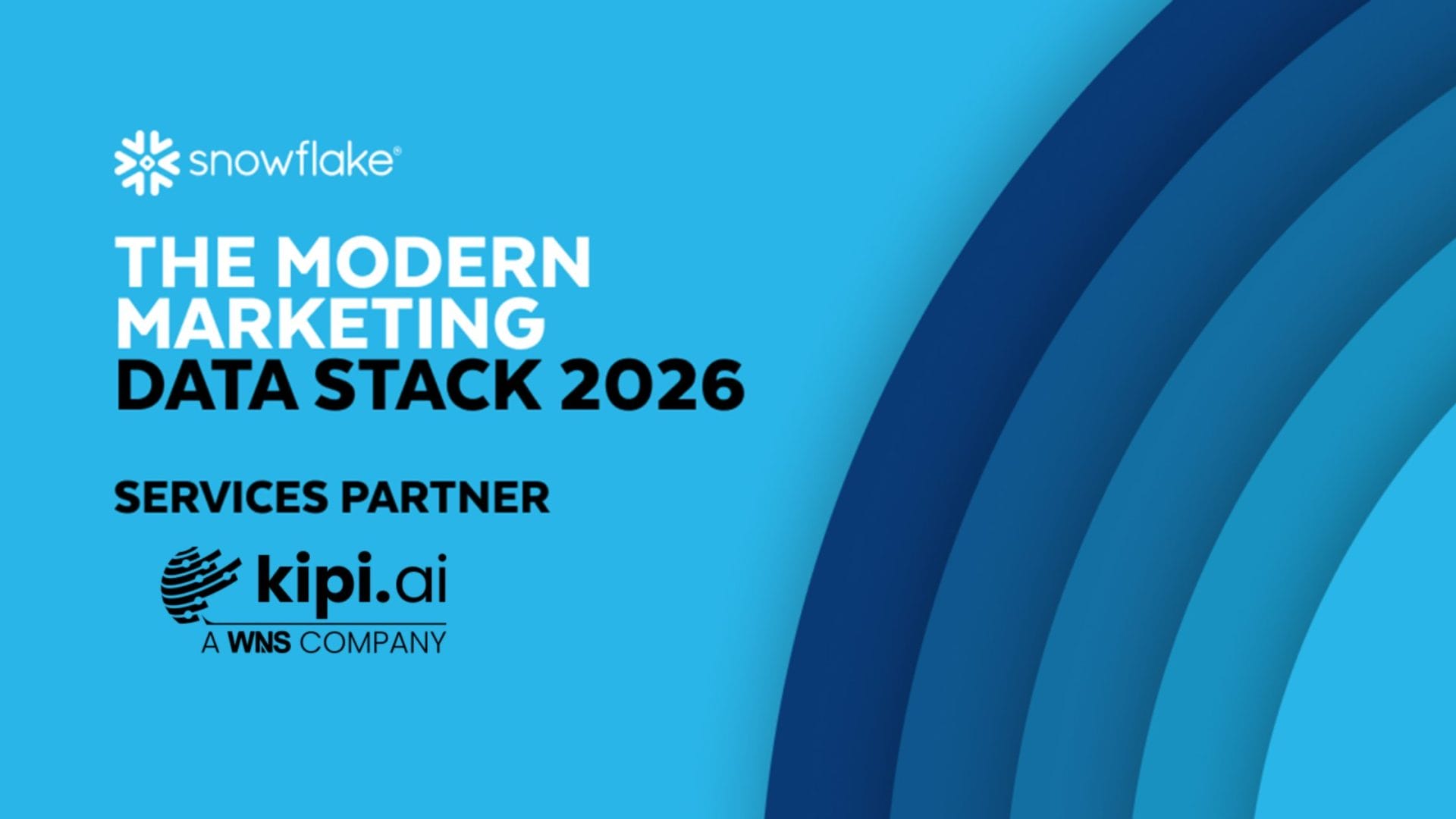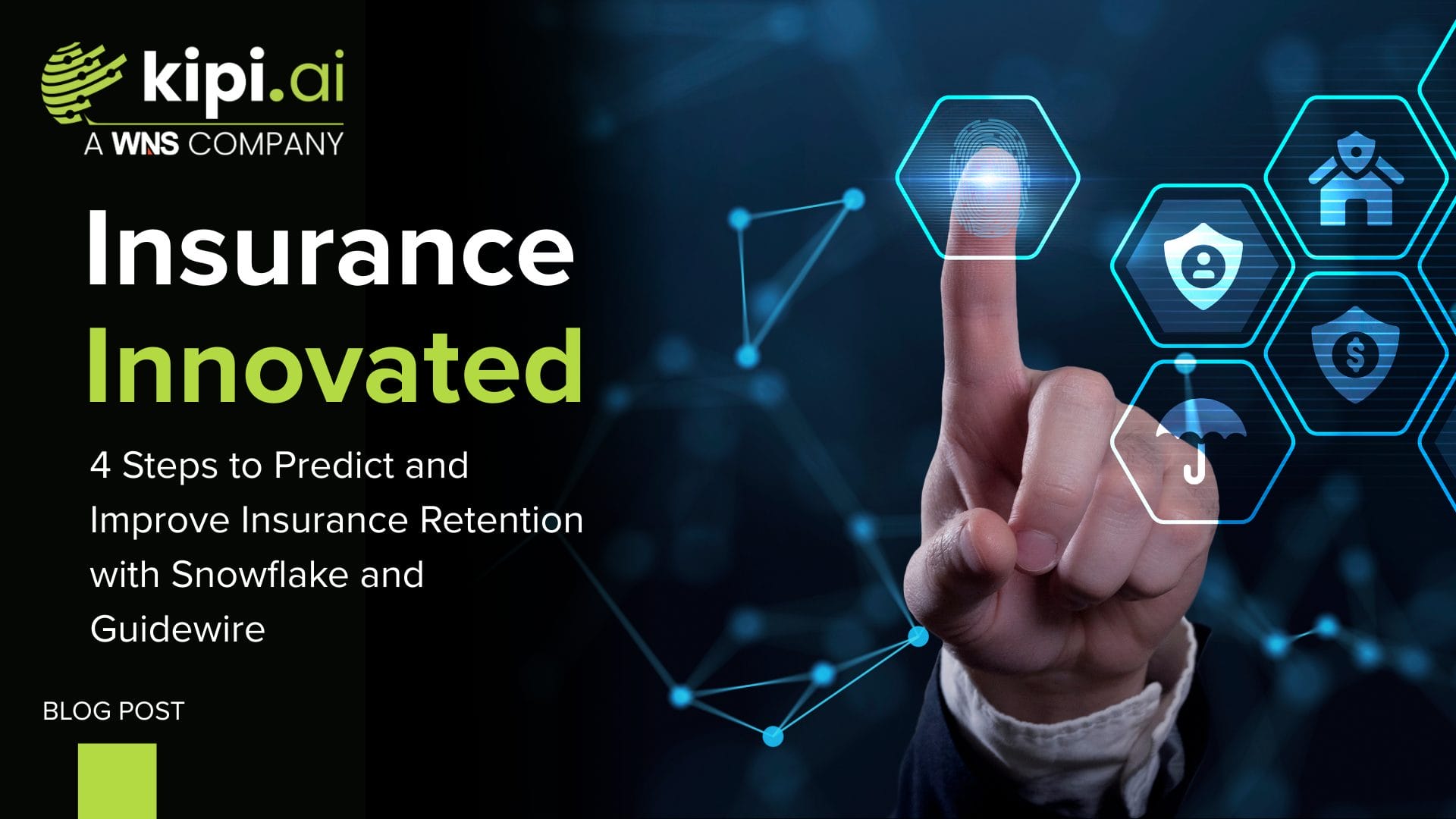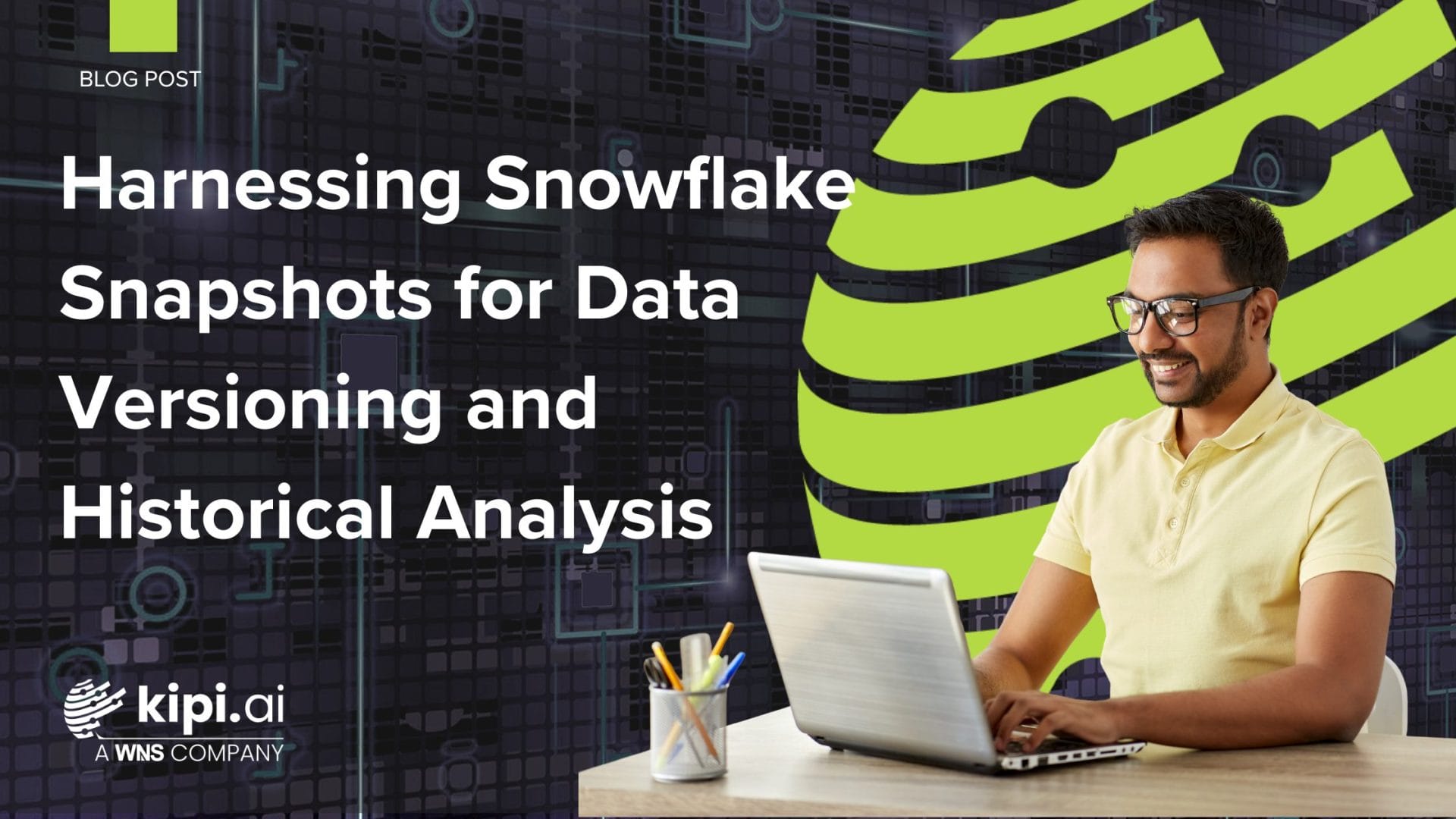By Jason Ling
Introduction
In property and casualty (P&C) insurance, few processes are as overlooked—and as financially potent—as subrogation. For insurers, subrogation is the opportunity to recover claim payouts from a liable third party, but identifying and pursuing those opportunities can be complex, delayed, and often missed entirely. The result? Millions in recoverable dollars left on the table every year. That’s changing thanks to a new breed of analytics solutions that help insurers harness the power of cloud-based data platforms like Snowflake and machine learning (ML) models that use both structured and unstructured data to accurately identify subrogation potential early in the claims lifecycle.
The Subrogation Challenge: Invisibility, Complexity, and Missed Dollars
Subrogation is often treated as an afterthought. Claims adjusters—under pressure to close files quickly—focus on indemnity and customer satisfaction, not necessarily on recovery. Subrogation teams, often siloed and under-resourced, rely on manual referrals or outdated rules-based filters that miss nuanced or complex opportunities.
Consider this:
- Subrogation opportunities are present in approximately 20-30% of auto and property insurance claims*
- Insurers typically identify and pursue only about half of subrogation opportunities, if not fewer.+
- Even when subrogation is identified, it often happens too late, after evidence has been lost or timelines have expired.^
The gap between potential and actual recovery represents a major financial leakage for carriers.
The Solution: Data-Driven Subrogation with Snowflake and ML
We’re able to change this landscape by building subrogation opportunity models using Snowflake and machine learning, helping insurers move from reactive to predictive recovery strategies.
Here’s how the solution works:
1. Unified Data on Snowflake’s Cloud Platform
The first step is aggregating the right data. Snowflake enables seamless ingestion and querying of:
- Structured claim data (loss type, adjuster notes, policy details, claimant info)
- Unstructured data (photos, emails, body shop estimates, police reports)
- External data (weather, VIN histories, fraud databases, legal data)
Because Snowflake supports semi-structured formats (like JSON, Parquet, and PDFs) and provides real-time scalability, insurers can break down data silos and build a unified view of every claim.
2. Machine Learning Models for Subrogation Propensity
Develop a machine learning pipeline that identifies the likelihood of subrogation potential based on historical patterns, legal insights, and NLP-derived features from unstructured text.
For example:
- NLP algorithms scan adjuster notes for liability language (“rear-ended,” “red light violation”).
- Computer vision tools analyze images for impact angles and damage patterns.
- External integrations detect third-party coverage and past claim behavior.
The output is a subrogation propensity score—a probability that a claim has recovery potential—provided within hours of FNOL or during claim adjudication.
3. Embedded Intelligence and Workflow Triggers
Once the model is in production, scores are integrated into adjuster workflows:
- High-score claims are routed automatically to subrogation teams.
- Low-score claims are deprioritized, reducing wasted investigation effort.
- The system also suggests the best recovery channel—direct negotiation, arbitration, or litigation.
The result: timely, proactive subrogation decisions.
Real Business Outcomes: Turning Subrogation into a Profit Center
This data-driven approach to subrogation delivers measurable, strategic outcomes:
Increased Recovery Dollars
Insurers typically see a 20–40% uplift in subrogation identification and recoveries. That’s millions added back to the bottom line annually.
Faster Subrogation Initiation
Recovery actions begin 5–10 days earlier than in traditional workflows, leading to better evidence preservation and higher recovery rates.
Reduced Manual Workload
Claims staff and subrogation teams spend less time manually reviewing low-probability cases and more time focusing on high-value recoveries.
Model Refinement and Feedback Loops
Because Snowflake provides scalable compute and native support for ML workflows, the models are continuously retrained with updated data to improve precision and recall.
Improved Cross-Functional Alignment
With clear subrogation signals available early, legal, claims, and subro teams collaborate more efficiently, reducing missed opportunities due to siloed decision-making.
Unlocking Subrogation’s Full Value with Predictive Intelligence
Subrogation should be more than a “back-office” function—it should be a strategic lever for profitability. By implementing a modern analytics solution that combines Snowflake’s cloud-native architecture with purpose-built ML models, insurers can finally turn a historically inefficient process into a competitive advantage.
Kipi.ai brings deep insurance domain expertise, implements best-in-class data engineering practices, and ensures change management across claims operations.
In today’s low-margin, high-competition environment, optimizing subrogation isn’t just a nice-to-have—it’s essential.
*Deloitte (2023) estimates 15-25% of claims have subrogation potential using advanced analytics, while McKinsey (2022) suggests up to 20% improvement in identification with predictive tools. LexisNexis (2021) reports 15-35% potential in auto claims, supporting a 20-30% average across auto and property claims.
+Deloitte (2023) notes up to 50% of subrogation opportunities are missed due to inefficient processes. McKinsey (2024) indicates low-performing insurers recover only 10-15% of potential subrogation dollars. EY (2020) reports 40-50% of potential cases are referred.
^McKinsey (2022) and Deloitte (2021) highlight delays in claims processing leading to lost evidence or missed statutes of limitations. PwC (2022) notes jurisdictional deadlines (e.g., Florida’s two-year limit) and evidence degradation as barriers.
About kipi.ai
Kipi.ai, a WNS Company, is a global leader in data modernization and democratization focused on the Snowflake platform. Headquartered in Houston, Texas, Kipi.ai enables enterprises to unlock the full value of their data through strategy, implementation and managed services across data engineering, AI-powered analytics and data science.
As a Snowflake Elite Partner, Kipi.ai has one of the world’s largest pools of Snowflake-certified talent—over 600 SnowPro certifications—and a portfolio of 250+ proprietary accelerators, applications and AI-driven solutions. These tools enable secure, scalable and actionable data insights across every level of the enterprise. Serving clients across banking and financial services, insurance, healthcare and life sciences, manufacturing, retail and CPG, and hi-tech and professional services, Kipi.ai combines deep domain excellence with AI innovation and human ingenuity to co-create smarter businesses. As a part of WNS, Kipi.ai brings global scale and execution strength to accelerate Snowflake-powered transformation world-wide.
For more information, visit www.kipi.ai.
